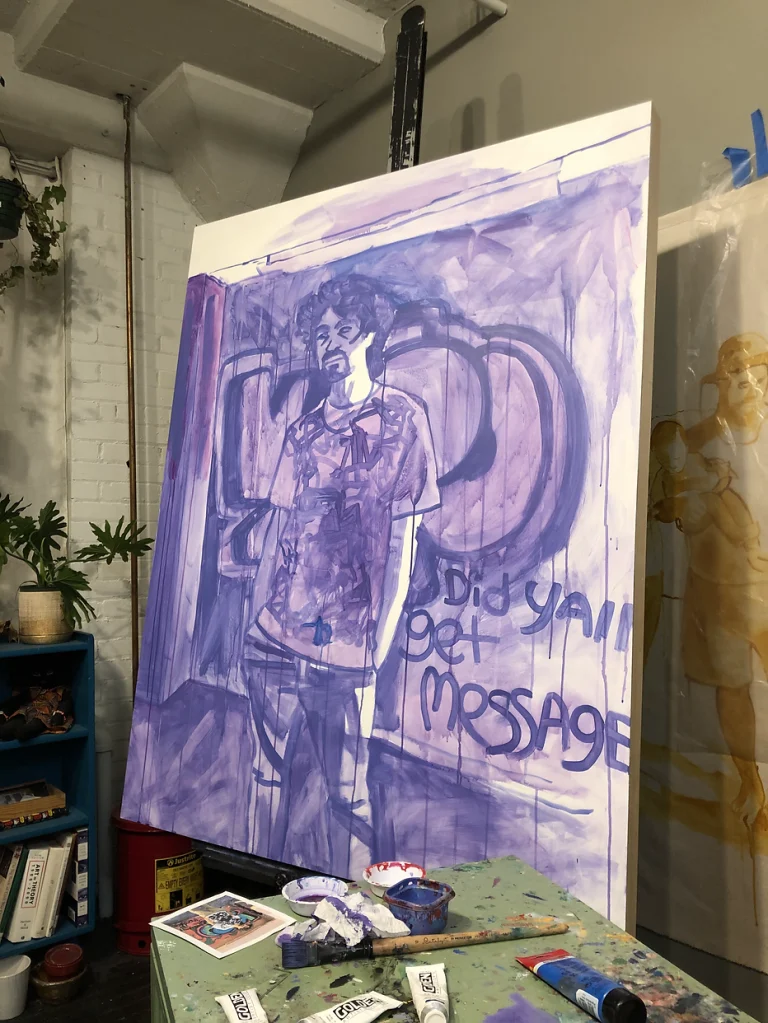Within, Between, and Beyond is a multi-layered art installation and participatory experience sharing an evolving archive of stories from Black, Indigenous, and People of Color (BIPOC) who identify as Mixed Race or Transracial or Transnational Adoptee. Interviews for the video portion of the installation were conducted by Lola Osunkoya, who here introduces our subjects and shares a few highlights from their stories.
Kelly self-identifies as multiracial transracial adoptee, and uses she/her pronouns.
We met Kelly in the summer of 2018, she was the last of our original four interviews. Kelly discussed a variety of topics related to her experience being enculturated in a South Dakota white adoptive family, being visibly brown.
Interviewing Kelly made me think a lot about stages of racial identity development, especially for multiracial people who grow up without the enculturation of their communities of color. Kelly was very candid in naming the ways she has negotiated identity over the years, sometimes in ways that admittedly made me uncomfortable. Usually because it was something I have done or experienced in my past in different stages of identity development or formation. She’s an incredibly courageous and determined person who at the time of the recording was still navigating ways to incorporate her Black identity.
I have identified with different races as a multiracial woman… German, Irish, African American, Indigenous. There’s been times where you have to fill out certain applications – a scholarship or job application where it’s required – and so I’ve checked different boxes throughout the years. Some of those boxes I’ve checked: Just multiracial, that’s easy enough. I’ve checked Black and white. And I’ve also checked just African American.
And I appreciate now that it’s more often optional, because I don’t want to be seen as a box, I don’t want to be classified and categorized.
But if there’s an advantage – like for a grant, if I’m more eligible for that grant because of a racial category, I’m gonna put that down.
When I’ve decided to select just African American as far as a category for my racial identity, that’s been because of how I see my skin, how others see my skin. There’s been times where I grew up having mixed friends where they’re a lot lighter in complexion. So I’ve always considered myself “dark for a mixed girl.”
That’s just how I see myself, and people have commented on that, like, “Oh, you’re mixed?” Without maybe looking at the thinner hair texture or the curlier hair, the other layers of your physical characteristics. But my skin tone, being darker, that’s when I’m like, well… I am more African American because I have darker skin.
And that is a part of my identity that I am still learning more about through my biological side, I wanna be that. Because I really wanna be closer to my African American identity. Because of my skin tone and because there is more to learn and to grow in that area. Because I haven’t been around that as much in my lived experience. And so that’s why sometimes I’ve chosen to mark that I’m just African American.
Because I am. I’m African American, I’m multiracial, I’m Black and I’m white. I’m an Indigenous woman. And I’m a mother.
Come hear more of Kelly’s fascinating interview and view the incredible portrait of her with her daughters at Mia! Within, Between, and Beyond runs 7/16/21-10/31/21.








